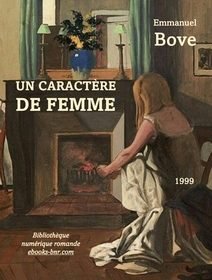Staël-Holstein Germaine de – Corinne (volume 1)
Staël-Holstein Germaine de – Corinne (volume 1): It is difficult today to consider the extent of Corinne’s success in Europe as a whole. Up to Sweden, Selma Lagerlöf is staging a romantic young woman who, death in her soul, is forced to sledge her two copies of Corinne to distract the wolves who pursue her. As M. Necker de Saussure writes in her preface, Corinne is a work on the double subject: “It is a composition of genius in which two different works, a novel and a picture of Italy, have been fused together. The two ideas are obviously born at the same time: one feels that one without the other they could not have seduced the author, nor correspond to his thoughts […] The natural, and a natural ardent, passionate Although tender and melancholy, it pierces everywhere, and there is not a line that is not written with emotion. Madame de Stael was, so to speak, divided between her two principal characters. She has given to one of her eternal regrets, to the other her new admiration: Corinne and Oswald, it is enthusiasm and pain, and both of them are themselves. Written at the dawn of romanticism, this cosmopolitan and feminist book before the hour deserves a proofreading, which will fascinate you …
Germaine is the daughter of the banker Jacques Necker, and Suzanne Curchod (from the canton of Vaud). She is brought up in a milieu of men of letters, who regularly attend her mother’s salon. As a result of her political troubles (described in Ten Years of Exile), she will make Coppet, on The Vaud Coast in Switzerland, the main meeting place of the Coppet Group, one of the leading think tanks of her time. According to her contemporaries, she was “the most extraordinary woman ever lived” (Stendhal), “a being apart, a superior being as he meets maybe one per century” (Benjamin Constant with which he had a stormy relationship). Napoleon himself, who saw Madame de Stael as a dangerous messenger of liberty, said one day: “We must recognize after all that she is a very talented woman …” The year 2017 is the year of the bicentennial of his death that the French-speaking digital library wished to commemorate by several publications.










Reviews
There are no reviews yet.